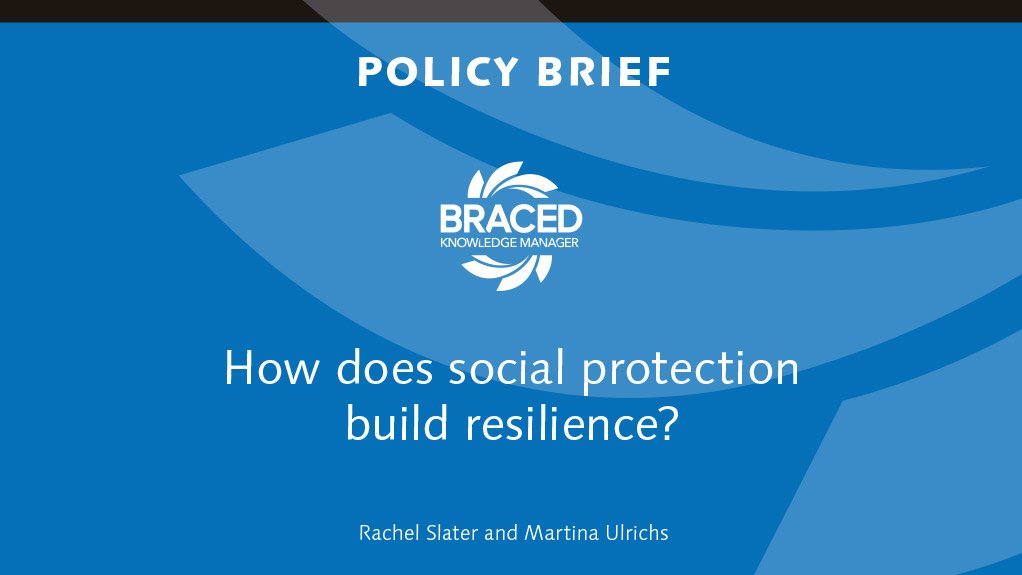- How does social protection build resilience?0.11 MB
- Ethiopia0.11 MB
- Kenya0.15 MB
- Uganda0.11 MB
The below three briefings assess evidence from Kenya, Uganda and Ethiopia on how large-scale national social protection programmes contribute to resilience. A fourth briefing synthesises the findings from across these three countries, and presents the following key policy messages:
- Resilience objectives alone are not enough. To have an impact, there is a need to translate resilience objectives into the design of programmes, and to back them up with the necessary investments in institutional capacity to ensure effective delivery.
- A healthy dose of realism is required. Expectations of what single social protection programmes can or cannot do to build resilience need to be realistic, particularly in terms of the timeframes required to build programmes’ capacity to deliver outputs well. Even well-established, large-scale social protection programmes won’t lead to sustainable resilience outcomes unless complementary interventions are provided as part of a national effort to build sustainable livelihoods.
- It's not just about climate. Vulnerability is multidimensional and the poor are exposed to a range of risks that go beyond climate shocks. Programmes that aim to build resilience need to apply a comprehensive approach to reducing risks, which include slow-onset changes related to the climate as well as social, economic and health risks.
Reports by the Overseas Development Institute
EMAIL THIS ARTICLE SAVE THIS ARTICLE ARTICLE ENQUIRY
To subscribe email subscriptions@creamermedia.co.za or click here
To advertise email advertising@creamermedia.co.za or click here











